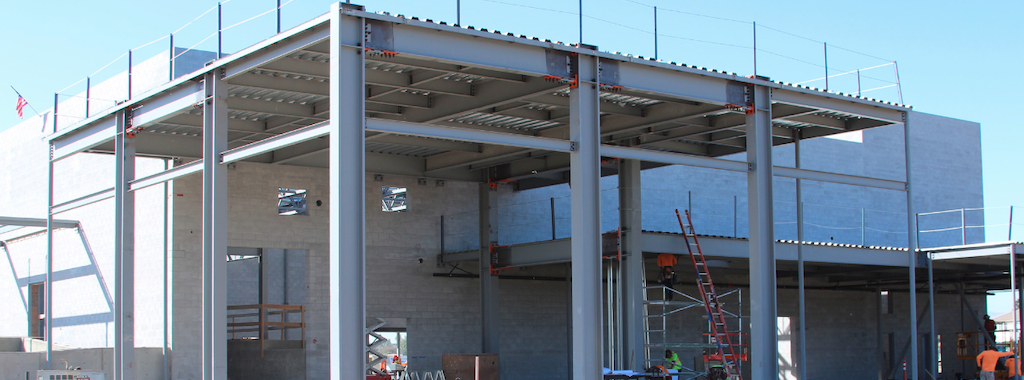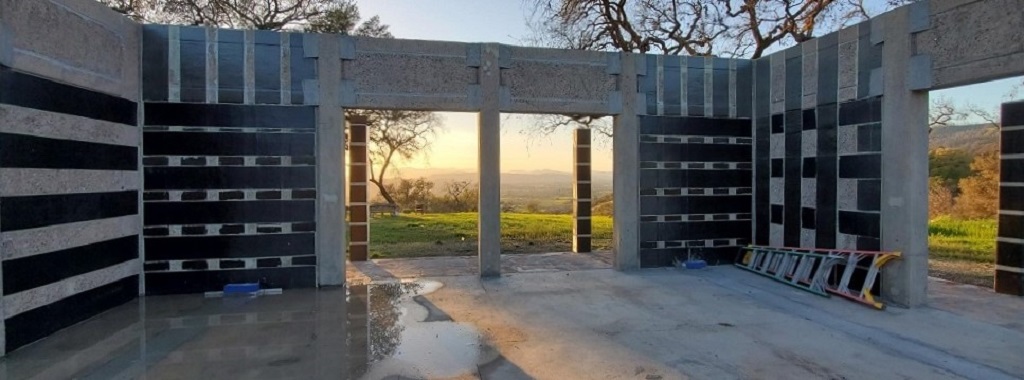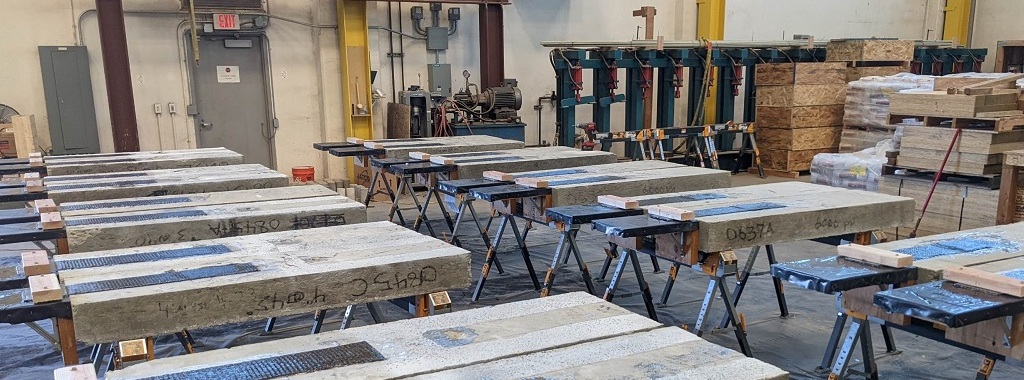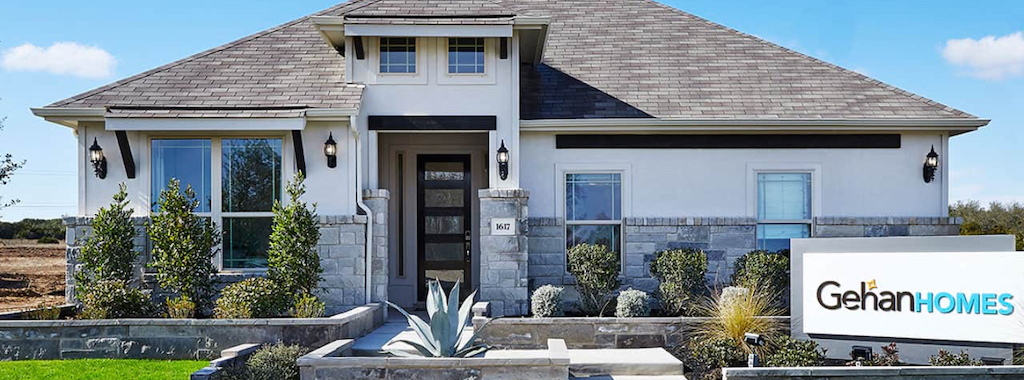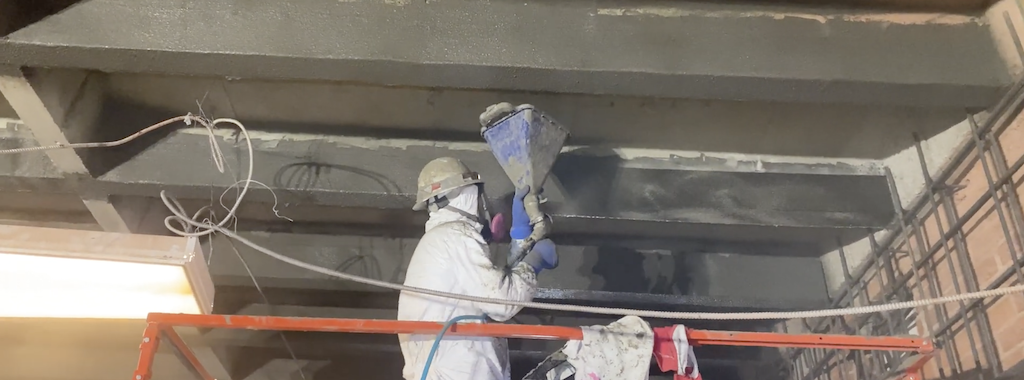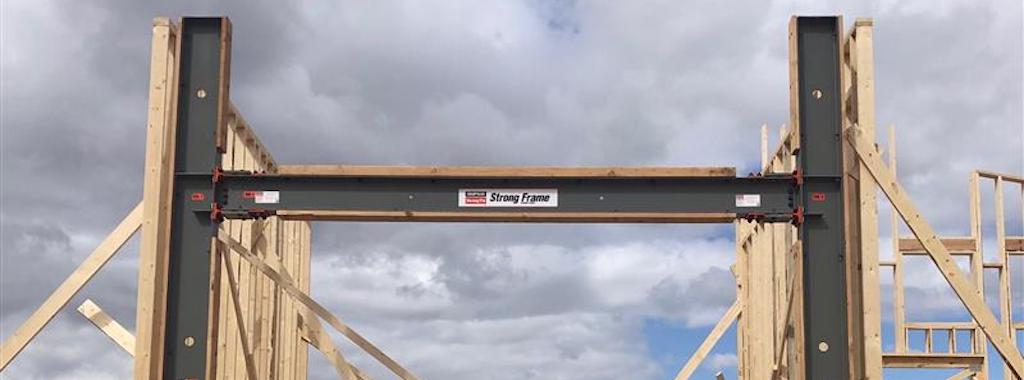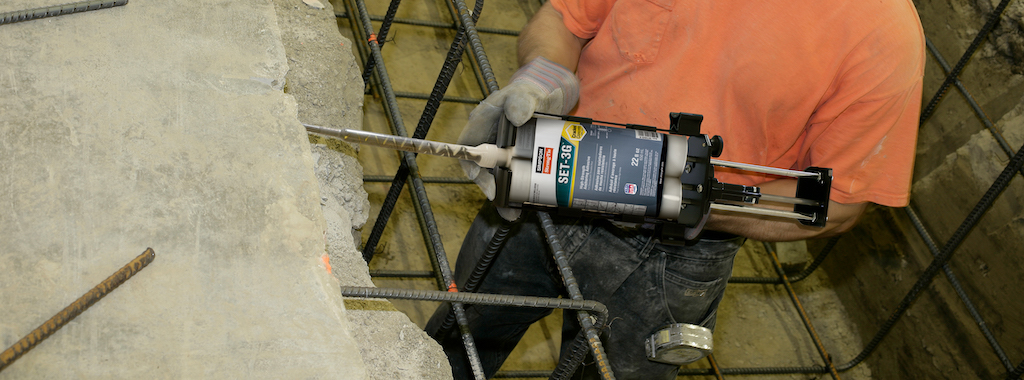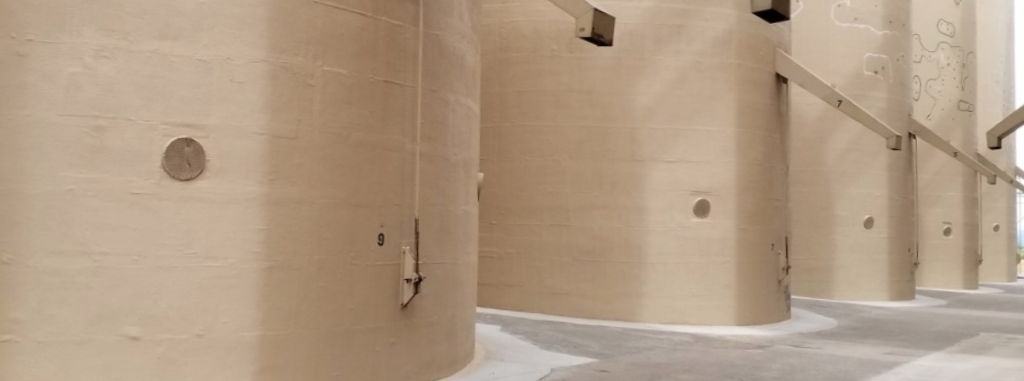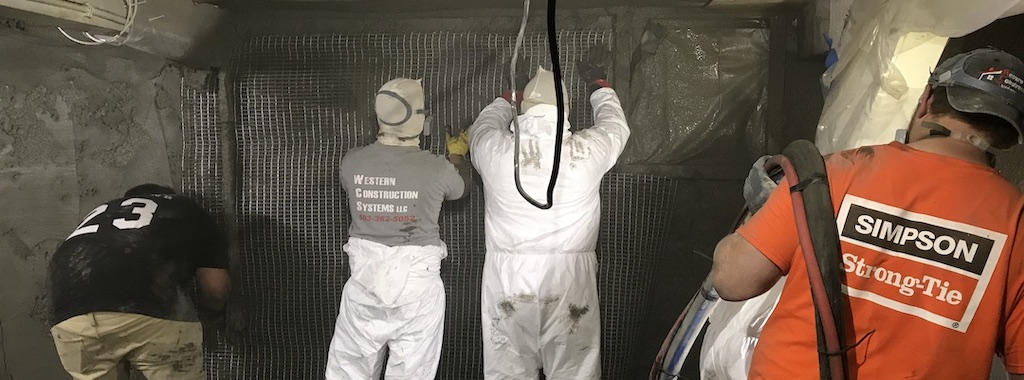Our Yield-Link connection is precision-made to meet the tough demands and increased loads of structural steel construction. From building owners to engineers, to contractors and fabricators, the Yield-Link’s state-of-the-art design saves everyone time and money — while providing a connection that keeps structural steel buildings strong and safe.
Category: Case Studies
Case Studies highlighting Simpson Strong-Tie solutions.
FRP Witness Panel Preparation and Testing – Lessons Learned and Best Practices
As a Composite Strengthening Systems™ Field Engineer at Simpson Strong-Tie, I’ve supported many composite strengthening projects from design through construction and had hands-on experience troubleshooting issues with FRP witness panels. Through these experiences, I’ve learned a few lessons and developed some best practices worth sharing with anyone in the engineering and construction communities who may encounter similar issues.
Strategic Alliance with Structural Technologies Brings End-to-End FRP Solutions to Concrete Strengthening and Repair Industry
Simpson Strong-Tie and Structural Technologies formed a strategic alliance for Composite Strengthening Systems™ (CSS) products in 2021. CSS products include fiber-reinforced polymer (FRP) and fabric-reinforced cementitious matrix (FRCM) strengthening systems. Additionally, where CSS products are not a viable solution, the alliance can also offer recommendations and design for other non-CSS or conventional strengthening solutions. This alliance allows each firm to specialize in their areas of expertise:
How a Top US Homebuilder Turbocharged Market Growth and Managed the Job Start Process with the Scalable LotSpec Solution from Simpson Strong-Tie
As one of the top 10 private homebuilders in the US (and one of the top 25 overall), Gehan Homes has explored its fair share of technologies promising efficiency and productivity gains. When it came to pulling home designs, plans, elevations, and options into full job start packets (JSPs), the Texas-based homebuilder managed to generate about 400 JSPs per year before the productivity cost of eight hours each began to limit growth.
Project Profile: Reinforcing Concrete Joists to Increase Load Rating
We’re excited to share another fiber-reinforced polymer (FRP) project that required both flexural and shear strengthening (photo below) of reinforced concrete joists to enable the slab floors to carry more live load. The structure is in Southern California, and appears to have been built in the 1950s or 1960s when pan joist construction was common. The EOR for this project, Structural Focus, is an experienced structural engineering firm known for seismic retrofit solutions. The FRP applicator was FD Thomas Structural Specialties, a contractor with decades of FRP installation experience.
Project Profile: Special Moment Frame Dropped-Beam Solution Saves Day(light) by Preserving Window Openings
Simpson Strong-Tie recently had the opportunity to work with MAK Construction to come up with a rather unique solution for a residential project in Phoenix, Arizona. Our Strong Frame® Moment Frame Selector software was used by the engineer on record, L.R. Nelson Consulting Engineers, LLC, to design this truly “special” special moment frame (SMF). The challenge for this particular moment frame design was figuring out how to work around a large garage door opening on the bottom floor without obstructing the window openings on the next floor, because the standard SMF design would cause the beam to cross right through the middle of the windows as they were situated. The solution required dropping the beam below the top of the columns, something seldom seen in moment frame designs. However, our engineering services, in collaboration with L.R. Nelson Consulting Engineers, were able to determine that dropping the beam to the needed level would be quite feasible in this case, and within 24 hours a new design was sent to the EOR and to the contractor for final approvals, which were granted.
Case Study: Gruening Middle School’s Seismic Damage Repair Solution
It can be a challenge to repair an earthquake-damaged structure.
During the 7.1-magnitude 2018 Anchorage earthquake, Gruening Middle School in Eagle River sustained more damage than any other school in the Anchorage School District. Review of the school showed the existing masonry walls suffered damage and separation from the roof. During the retrofit design, the Reid Middleton structural engineering team (Anchorage) determined the masonry walls weren’t adequately reinforced to meet current code requirements. They were seeking an easy-to-install strengthening solution that wouldn’t add significant weight to the building.
Reasons to Specify SET-3G Adhesive for Anchorage in Concrete Construction
We’ve been receiving a lot of requests lately from engineers wanting to know exactly what the difference is between Simpson Strong-Tie’s relatively new adhesive, SET-3G™, and its predecessor, SET-XP®. Both are epoxy-based adhesives used to anchor threaded rods and reinforcing bars in concrete base material for structural applications. If you perform a live pull test on a ½“-diameter mild steel rod embedded 4“ deep in 3,000 psi uncracked normal-weight concrete, the result will likely be the same; in both cases, the steel rod will break in a ductile manner at around 11 kips. You can see this hourglass-shaped steel failure mode happening in Figure 1. (To learn more about anchorage failure modes and ductility, check out this blog). Yet, the SET-3G design values shown in ESR-4057 come out ahead. But why?
Case Study: Shoring Up Aging Concrete Grain Silos with Fiber-Reinforced Polymer
The Simpson Strong-Tie® Composite Strengthening Systems™ was used to restore and strengthen 6 distressed cast-in-place concrete grain silos with a combination of carbon and glass FRP, meeting a tight timeline and budget.
Case Study: Western Construction Systems FRCM Project
The Simpson Strong-Tie fabric-reinforced cementitious matrix (FRCM) system was used to strengthen unreinforced concrete basement walls at a Portland residence and provide a fresh new look for years to come.

